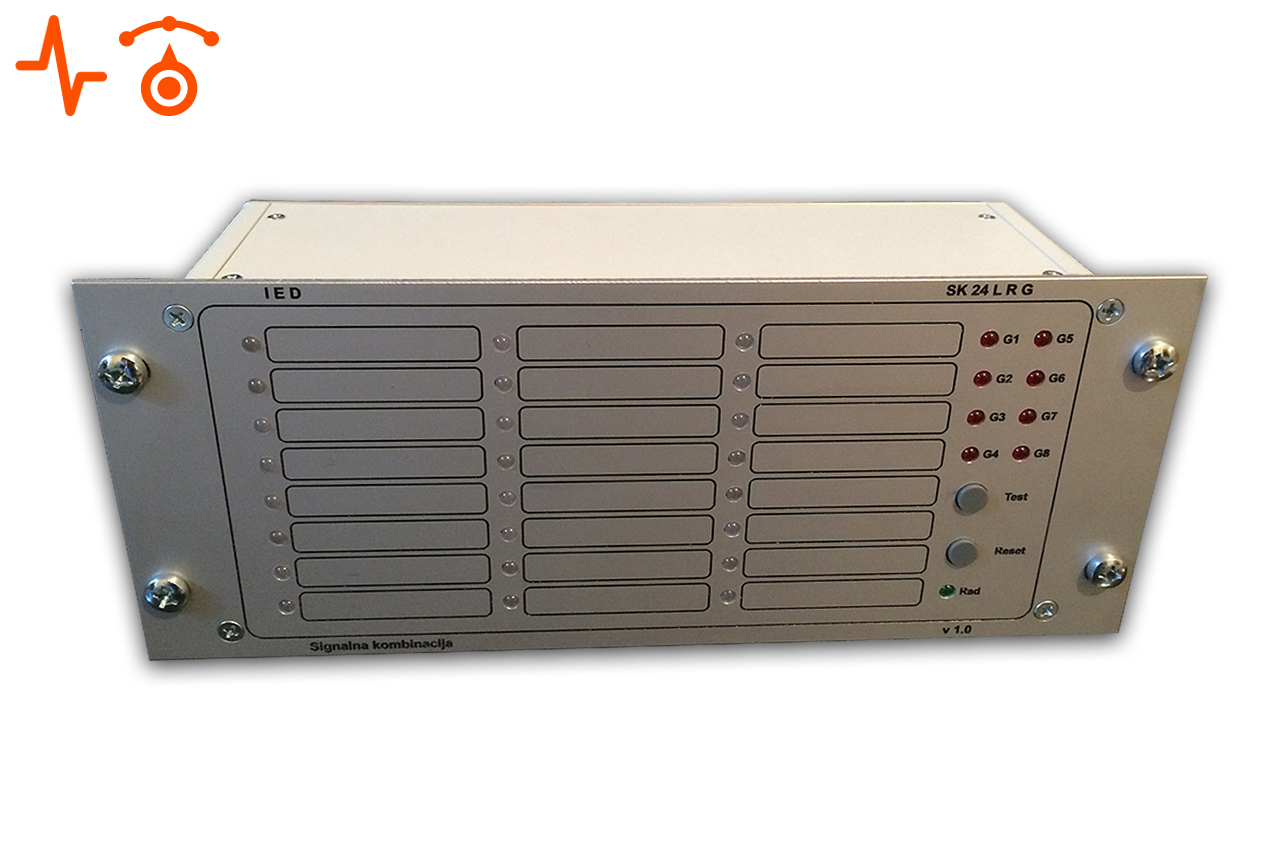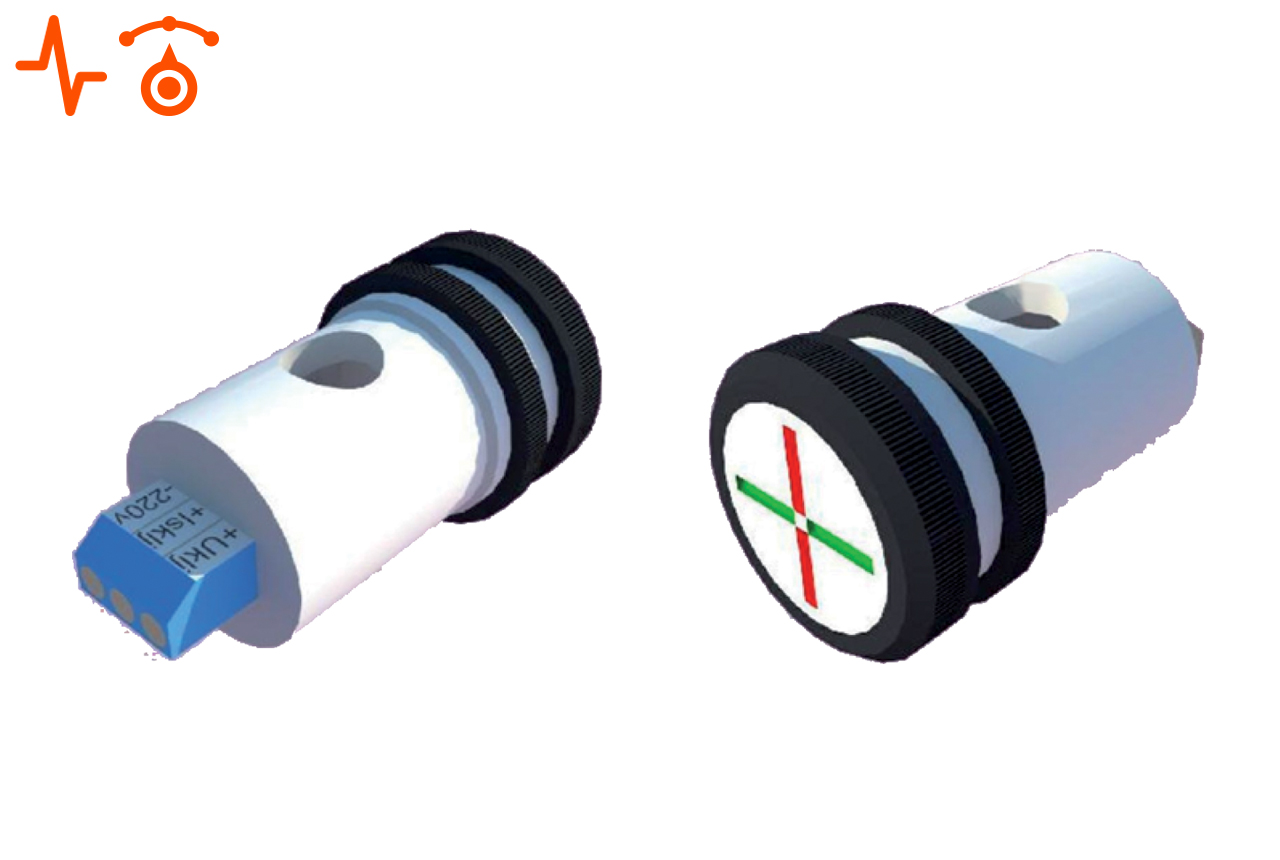Capacitor auxiliary devices (KPU) are used as a source of DC auxiliary voltage to trip power switches in plants where there are no storage batteries. These devices are powered by alternating current, usually from the mains voltage 220V~, and have a built-in electrolytic capacitor of high capacity, which stores the energy needed to excite the coil to disconnect the switch. The operation of protection in the plant directly depends on the correctness of the KPU, so information about their condition is important for the reliability of the plant.
KPUs are usually equipped with a simple circuit for checking the correctness, consisting of a button, a resistor and a light bulb. By pressing the button, the capacitor is disconnected from the power source and discharged through the resistor and the light bulb. The state of the capacitor is estimated based on the time it takes for the light bulb to go out. This method of checking gives only a rough picture of the correctness of the device, and it also has the disadvantage that the test is performed manually, that is, only when someone comes to the device to test it. In the meantime, the KPU is unattended and its failure will go unnoticed until the next inspection or, in the worst case, when the protection is not able to turn off the circuit breaker.
The RNC-300K solves the problem of KPU monitoring by continuously, in operation, checking its correctness and signaling a failure as soon as it appears. In addition, it enables the parallel operation of several CPUs, where the failure of one or more of them does not disturb the operation of the others. In this way, reliable operation of protection in the plant is ensured even when some of the KPU are not working, and the user is given enough time to replace the faulty devices.






